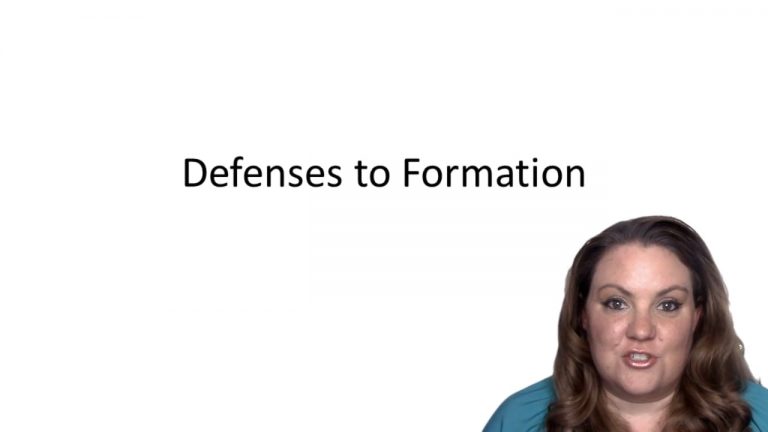SmartBrief
Confirm favorite deletion?
Contracts Keyed to Blum
I.B. v. Facebook, Inc.
Citation:
905 F. Supp. 2d 989 (2012)Facts
Facebook is a social media site and it has a payment system called Facebook Credits that allows users to make purchases on the site. Minors are able to use Facebook. One minor, I.B., asked his mom to use her credit card to buy $20 of Facebook Credits to use in the game “Ninja Saga.” Without notice, his mom’s credit card information was stored on the site and I.B. accidentally continued to use her credit card in the game when he thought he was using virtual money. Consequently, her card was charged without her permission for several hundred dollars worth of purchases. The mother tried to get a refund from Facebook, but got no response. Another minor, J.W., used his parent’s debit card, without their permission to make over $1,000 in purchases of Facebook Credits. After learning of these charges, his parents filed a complaint with Facebook, noting that the charges were not authorized and requested a refund. Facebook did not refund the charges. The plaintiffs then brought this class action.
Only StudyBuddy Pro offers the complete Case Brief Anatomy*
Access the most important case brief elements for optimal case understanding.
*Case Brief Anatomy includes: Brief Prologue, Complete Case Brief, Brief Epilogue
- The Brief Prologue provides necessary case brief introductory information and includes:
Topic:
Identifies the topic of law and where this case fits within your course outline.Parties:
Identifies the cast of characters involved in the case.Procedural Posture & History:
Shares the case history with how lower courts have ruled on the matter.Case Key Terms, Acts, Doctrines, etc.:
A case specific Legal Term Dictionary.Case Doctrines, Acts, Statutes, Amendments and Treatises:
Identifies and Defines Legal Authority used in this case.
- The Case Brief is the complete case summarized and authored in the traditional Law School I.R.A.C. format. The Pro case brief includes:
Brief Facts:
A Synopsis of the Facts of the case.Rule of Law:
Identifies the Legal Principle the Court used in deciding the case.Facts:
What are the factual circumstances that gave rise to the civil or criminal case? What is the relationship of the Parties that are involved in the case.Issue(s):
Lists the Questions of Law that are raised by the Facts of the case.Holding:
Shares the Court's answer to the legal questions raised in the issue.Concurring / Dissenting Opinions:
Includes valuable concurring or dissenting opinions and their key points.Reasoning and Analysis:
Identifies the chain of argument(s) which led the judges to rule as they did.
- The Brief Prologue closes the case brief with important forward-looking discussion and includes:
Policy:
Identifies the Policy if any that has been established by the case.Court Direction:
Shares where the Court went from here for this case.
Topic Resources
Topic Refresher Course

 6m 28s
6m 28s